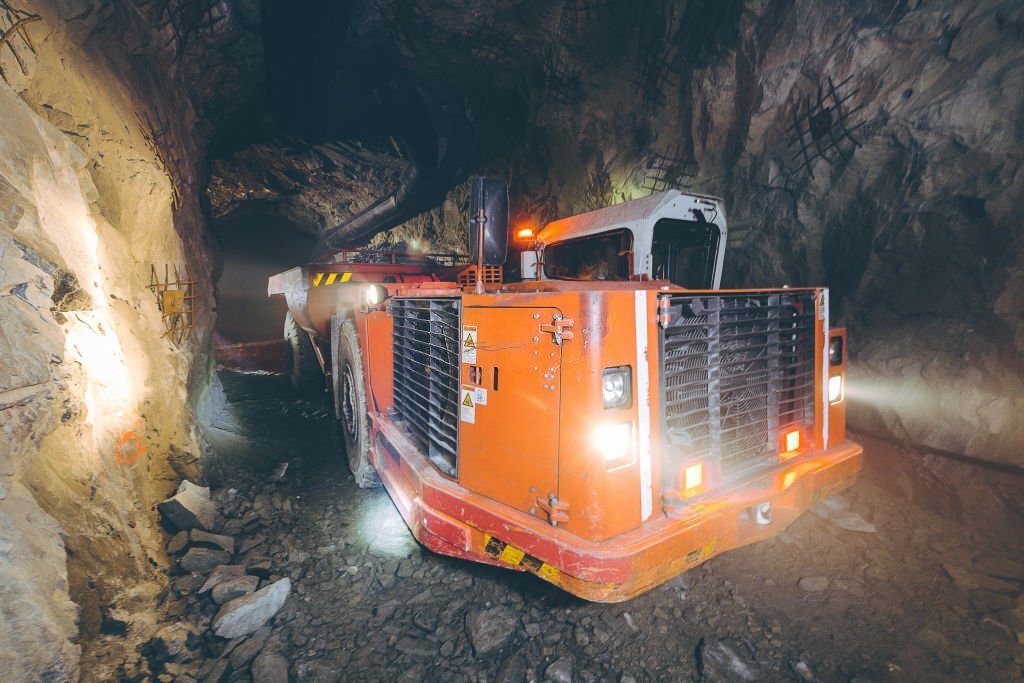
Operating tunneling equipment within the subterranean world demands a high level of caution and adherence to safety protocols. The complexities of underground environments, confined spaces, and hazardous materials necessitate stringent safety measures to protect both equipment operators and the overall construction project. In this comprehensive article, we delve deep into the realm of safety measures required when operating tunneling equipment. From safety protocols and personal protective equipment (PPE) to hazard recognition, emergency procedures, and training, we explore the crucial steps that ensure a secure working environment within the subterranean domain.
Prioritizing Safety Protocols
Safety protocols are the foundation of secure tunneling equipment operation.
1. Pre-Operation Checks: Thorough equipment inspections before operation.
2. Standard Operating Procedures (SOPs): Clearly defined procedures for each task.
3. Equipment Lockout/Tagout: Preventing accidental startup during maintenance.
4. Emergency Stop Procedures: Knowing how to halt equipment quickly in emergencies.
Personal Protective Equipment (PPE)
Appropriate PPE is essential to safeguard operators from potential hazards.
1. Hard Hats: Protecting against falling objects and head injuries.
2. Safety Glasses/Goggles: Shielding the eyes from debris and dust.
3. Respirators: Filtering out harmful particles and contaminants in the air.
4. Safety Gloves and Boots: Preventing hand and foot injuries from equipment operation.
Hazard Recognition and Assessment
Recognizing and assessing potential hazards is crucial for maintaining safety.
1. Site-Specific Training: Understanding the specific hazards of the construction site.
2. Geological Awareness: Recognizing ground stability risks and subsurface conditions.
3. Electrical Hazards: Identifying and avoiding electrical risks within the tunnel.
4. Chemical Hazards: Proper handling of hazardous materials encountered underground.
Emergency Procedures and Response
Preparedness for emergencies is paramount in tunneling equipment operation.
1. Evacuation Plans: Knowing evacuation routes and assembly points.
2. Communication Protocols: Effective communication during emergencies.
3. First Aid Training: Providing basic medical assistance until professional help arrives.
4. Fire Safety: Handling fires and understanding fire suppression systems.
Training and Qualifications
Comprehensive training ensures operators are equipped to handle equipment safely.
1. Equipment Familiarization: In-depth understanding of the specific equipment.
2. Safe Operating Techniques: Mastery of proper equipment operation techniques.
3. Emergency Response Training: Knowledge of emergency protocols and responses.
4. Continuous Education: Staying updated on industry best practices and advancements.
Confined Space Safety
The confined spaces within tunnels demand specialized safety procedures.
1. Gas Detection Systems: Monitoring air quality for harmful gases.
2. Ventilation: Ensuring proper airflow and oxygen levels.
3. Entry and Exit Procedures: Proper access and egress from confined spaces.
4. Communication: Effective communication within confined spaces.
Risk Mitigation and Management
Mitigating and managing risks through thorough planning and preparation.
1. Risk Assessments: Identifying potential risks and developing strategies to mitigate them.
2. Safety Audits: Regular assessments of safety protocols and practices.
3. Emergency Drills: Simulating emergencies to test response and readiness.
4. Continuous Improvement: Learning from incidents to enhance safety procedures.
Behavioral Safety
Promoting safe behavior among operators and the construction team.
1. Safety Culture: Fostering a culture where safety is paramount.
2. Communication: Encouraging open communication about safety concerns.
3. Leading by Example: Demonstrating safe behavior from leadership.
4. Recognition and Reward: Acknowledging and rewarding safe practices.
Technology and Innovation in Safety
Utilizing technology to enhance safety in tunneling equipment operation.
1. Proximity Detection Systems: Alerting operators about nearby hazards.
2. Collision Avoidance Technology: Preventing collisions with other equipment and obstacles.
3. Remote Monitoring: Real-time monitoring of equipment and personnel.
4. Data Analytics: Analyzing data to identify trends and potential safety risks.
Conclusion
The operation of tunneling equipment within the underground domain requires an unwavering commitment to safety. From stringent safety protocols and personal protective equipment to hazard recognition, emergency procedures, training, and the embrace of innovative technologies, every facet of tunneling equipment operation is guided by the imperative of preserving human life and well-being. By prioritizing safety, fostering a culture of vigilance, and continuously evolving safety practices, tunneling equipment operators ensure not only the success of construction projects but also the welfare of the entire team working beneath the surface.

